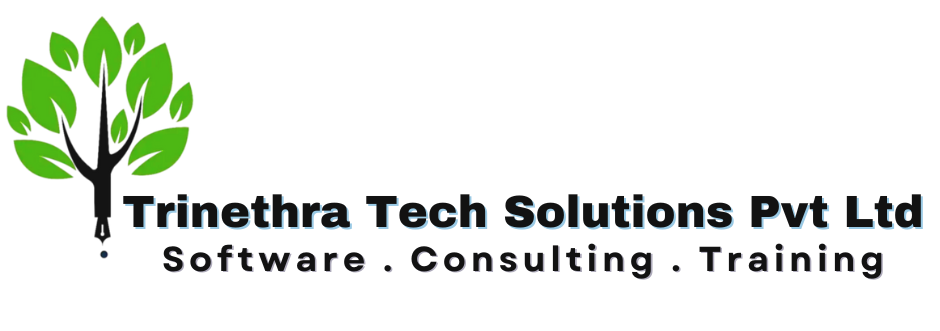JAVA
CONTENT
- Introduction
- Application
- Syllabus
- benefits
Java Definition
Java is both a programming language and an operating system. Java is a high-level programming language that is robust, object-oriented, and secure. Java was created in 1995 by Sun Microsystems (which is now an Oracle company). James Gosling is often regarded as the “Father of Java.” It was called Oak before Java. Because Oak was already a registered firm, James Gosling and his team renamed it Java.
Application
- Desktop Applications such as acrobat reader, media player, antivirus, etc.
- Web Applications such as irctc.co.in, javatpoint.com, etc.
- Enterprise Applications such as banking applications.
- Mobile
- Embedded System
- Smart Card
- Robotics
- Games, etc.
Syllabus
- Java Fundamentals.
- OOPs Concepts.
- Overloading & Overriding.
- Inheritance with Interface and Abstract Class.
- Exception Handling.
- Packages.
- Collections.
- Multithreading.
- Basic of Java
- Class, Objects, and Types of Classes
- Packages in Java
- Data Types in Java
- Variables, Constraints, and Literals
- Methods in Java
- Constructor in Java
- Modifiers in Java
- Static Keyword
- Final Keyword
- Inner Class in Java
- Super and this keyword
- Encapsulation
- Inheritance
- Polymorphism
- Abstraction
Benefits of learning java:
- Java is simple and easy to learn, with a clear and readable syntax1.
- Java is platform-independent, meaning it can run on different operating systems and devices.
- Java is class-based and object-oriented, allowing you to create modular and reusable code.
- Java is popular and widely used, with a large community and many job opportunities.
- Java is secure, with features like encryption, authentication and access control
